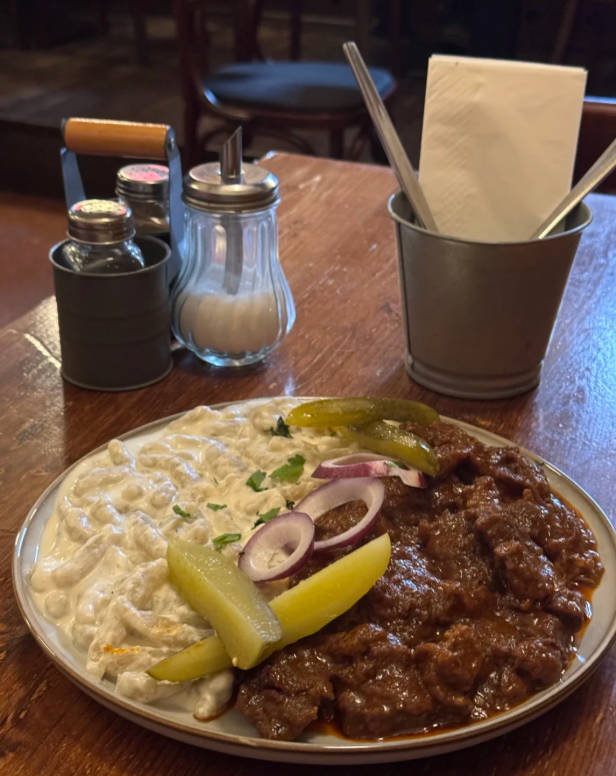Budapest: Fairytale City or Tourist Trap? An Honest Look
Budapest. The name itself conjures images of majestic parliament buildings glowing on the Danube, fairytale castles perched on hills, and the romantic allure of the “Paris of the East.” It’s a city that floods Instagram feeds with stunning sunsets and cinematic views. But talk to travelers who’ve actually walked its streets, and you’ll hear a surprisingly different story. Some leave utterly enchanted; others walk away feeling disappointed, or worse, ripped off.
So, what’s the real story? Is Budapest the budget-friendly European gem it’s made out to be, or is it an overhyped destination with some serious tourist traps? Let’s break it down.

The Undeniable Beauty: What Everyone Agrees On
Let’s start with the magic, because it’s definitely there. No one can deny the breathtaking view of the Hungarian Parliament Building, especially as the sun sets and the lights begin to twinkle across the Danube River. It’s a scene straight out of a postcard. Likewise, watching the city sprawl out below from the Fisherman’s Bastion or Buda Castle is a truly spectacular experience that makes you feel like you’ve stepped into another era.
These are the moments that make Budapest famous, and they are, without a doubt, worth the trip alone. But for many, the fairytale tends to end once you descend from the hills and dive into the daily realities of the city.
The Great Divide: Where Opinions Clash
Beyond the picture-perfect viewpoints, Budapest becomes a city of contrasts. Here’s a look at the most common issues that divide travelers.
1. The Price Paradox: A Great Deal or a Shock to the Wallet?
You’ll find two completely opposite opinions online: “Budapest is incredibly cheap!” and “I was shocked at how expensive it was.” How can both be true? It often comes down to one simple thing: where and how you pay.
Many tourists report feeling gouged, citing things like a basic bowl of Goulash for €18—pricier than a Schnitzel in Vienna—plus a mandatory 15% service charge. These experiences often happen in the most central, tourist-heavy areas where restaurants and shops prey on convenience.
Expert Tip: The secret lies in the currency. Hungary’s official currency is the Forint (HUF), not the Euro (€). Many tourist-focused restaurants will gladly accept Euros, but they often use a terrible exchange rate that inflates the price significantly. Always try to pay in Forint or use a credit card for the best rate. Hunt for restaurants a few streets away from the main attractions; you’ll often find better food for half the price.
2. The Public Transit Trap: Confusion and Confrontation
This is perhaps the biggest source of frustration for visitors. Many travelers share stories of being cornered by aggressive ticket inspectors and threatened with hefty fines (often €30-€65 on the spot) for not having a “validated” ticket. It creates a feeling of a system designed to catch tourists out.
The confusion is understandable. In many cities, simply buying a ticket is enough. In Budapest, you must validate it. This means inserting your single-ride ticket into a small orange or red box on the bus/tram or at the entrance to the metro station to get it time-stamped. Just having the ticket in your pocket is not enough.
Inspectors are notoriously frequent and unforgiving. The easiest way to avoid this stress is to buy a 24-hour, 72-hour, or multi-day travelcard. You only need to validate it once (or not at all, depending on the type), and then you can ride worry-free.

3. The Culinary Question: Hearty Hungarian Food or Salty Disappointment?
Hungarian cuisine has its fans, but it doesn’t win everyone over. Many travelers find signature dishes like Goulash (often a soup, not a stew) and Lángos (deep-fried dough with toppings) to be overly heavy, oily, and intensely salty. The quality can be very hit-or-miss.
While some rave about the hearty, comforting flavors reminiscent of German or Eastern European food, others leave feeling underwhelmed. As with pricing, the key is to escape the tourist hubs. Avoid restaurants with staff beckoning you in from the street and instead use Google Maps to find local spots with high ratings and recent reviews in Hungarian.

The Verdict: So, Is Budapest Worth It?
Absolutely, but with a major asterisk: you need to go prepared.
Budapest is a city with a stunningly beautiful façade and a complex, sometimes abrasive, interior. Its beauty is real, but so are its frustrations. It isn’t the seamless, polished experience of Vienna or Prague, and that’s precisely why opinions are so polarized. The city seems to reward travelers who do their research and punish those who don’t.
To have a great time in Budapest, remember these key things:
- Embrace the Forint: Always pay in the local currency or by card.
- Master Public Transit: Buy a multi-day pass to avoid the ticket validation headache entirely.
- Eat Like a Local: Venture off the main tourist streets for more authentic and affordable food.
- Manage Expectations: Know that beyond the main sights, the city can feel a bit gritty. It’s part of its character.
By preparing for its quirks, you can avoid the common traps and focus on what makes Budapest so captivating: a city of stunning architecture, rich history, and a vibe all its own.